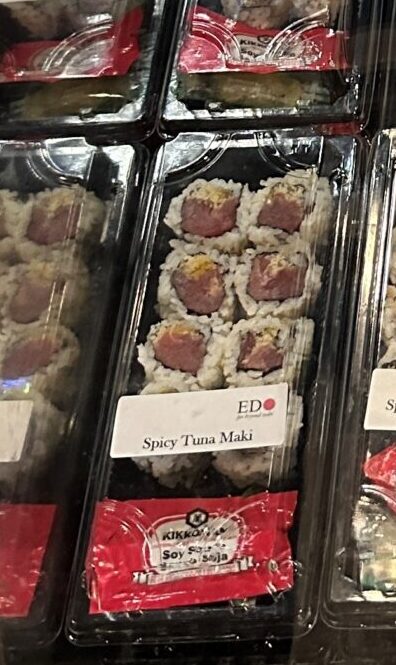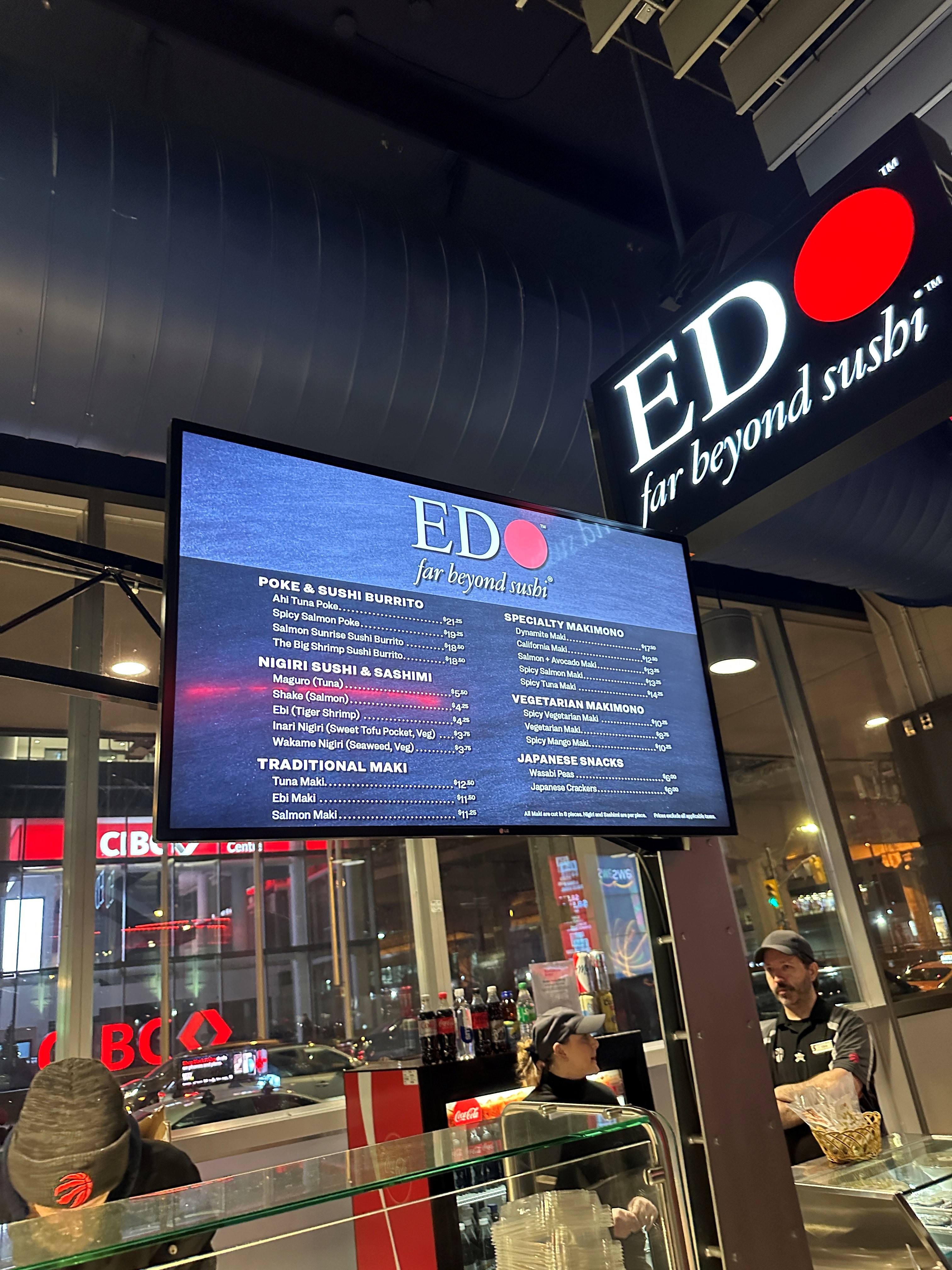How on earth have I not written about Edo
I don’t know if this is the right usage of the word literally, but I literally don’t think you can write Toronto’s sushi story without 73,000 words on Edo.
There are more traditional and historical sushiya in the amalgamated city. Sushi Kaji (Etobicoke) and Sushi Zen (Scarborough) come to mind.
But in the core – which I loosely define as anywhere between the U-shaped subway line – for decades Edo stood alone.
(By the way, for any Torontonians confused about how one subway line can surround an entire city of 4 million, the subway system in Toronto is an abomination to our species. If just one subway carbreaks down at any point on this 48 stop single-line “system”, hundreds of thousands of commuters are stranded until the “backup plan” – a group of old coach busses – arrives. And oh ya, all these miserable people in office gear and rubber boots have to trudge up the stairs into slushy streets and line up for hours to even get on, at which point the subway starts working again. Fun times all around).

The original Edo closed in 2015ish due to a fire/landlord
The original Edo was located on Eglinton between Bathurst and Avenue
It opened in 1986, which is so long ago that you could make a right turn onto the Allen afterwards in under 10 minutes. It dominated the sushi scene in the area for years, and its success led to the opening of a second location, Edo-Ko, a number of exclusive stalls at the Air Canada Centre (home of the NHL’s Leafs, NBA’s Raptors and others, opened in 1999) and sponsorships of legendary teams in North Toronto Baseball.
But as time evolved, Edo didn’t
Edo was about as prepared for the 2010s as Blackberry.
I’ve written extensively about how a combination of Instagram and Jiro Dreams of Sushi led to a sushi renaissance the past decade. Consumers didn’t just get smarter, they got pickier. Tossing a bunch of spicy mayo and crispy tempura flakes (called Tenkasu in Japanese) on makizushi was no longer enough. Neither was high quality salmon. People wanted Edomae – not just the traditional techniques, but traditional ingredients as well.
And outside of Sushi Kaji and Sushi Zen, Toronto was a black hole until Shoushin arrived (and some could argue the market is still being underserved). And yet, Edo never evolved. Eventually, its original Eglinton location closed. And the remaining locations not haven’t embraced changing customer preferences; they’ve gone the complete other way. Check out the Edo tagline.

Borderline insane for one of Toronto’s most well-known sushi brands to pivot AWAY from sushi during a sushi boom
What does that mean for the location at the ACC?
Tons of Poke, Sushi Burritos and other science experiments. And if you’re yelling at the computer/phone screen “DUMMY, IT’S CALLED SCOTIABANK ARENA”, too bad. Time freezes in the 1990s, that’s how it goes. The Jays play in Skydome, and the Leafs/Raptors play at the ACC.
But surely the best menu item remains, right?
Uhh, sort of. Back in the day, when the Edo menu at the ACC was smaller, the Spicy Tuna Maki wasn’t just the best option on the menu, it was the best thing to get in the entire building. No, it wasn’t traditional, but it had the perfect balance of akami (not pre-chopped), spicy mayo,Tenkasu and of course shari, better than it had any right to be. This is a picture from that.

And below is a picture of what it looked like last week.

Miss the boat on a paradigm shift? Not great. Devolve your menu into shitty fusion? Bad. But tamper with my childhood by adding way more rice and cucumber? Unforgiveable.
Not recommended.

Let’s call the menu sushi “inspired”




